Review of the Day: Nightingale’s Nest by Nikki Loftin
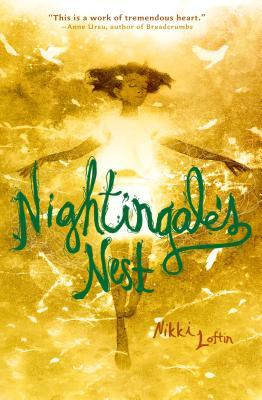 Nightingale’s Nest
Nightingale’s Nest
By Nikki Loftin
Razorbill (an imprint of Penguin)
$16.99
ISNB: 978-1-59514-546-8
Ages 10-14
On shelves now.
Magical realism in children’s novels is a rarity. It’s not unheard of, but when children’s authors want fantasy, they write fantasy. When they want reality, they write reality. A potentially uncomfortable mix of the two is harder to pull off. Ambiguity is not unheard of in books for youth, but it’s darned hard to write. Why go through all that trouble? For that reason alone we don’t tend to see it in children’s books. Kids like concrete concepts. Good guys vs. bad guys. This is real vs. this is a dream. But a clever author, one who respects the intelligence of their young audience, can upset expectations without sacrificing their story. When author Nikki Loftin decided to adapt Hans Christian Andersen’s tale The Nightingale into a middle grade contemporary novel, she made a conscious decision to make the book a work of magical realism. A calculated risk, Loftin’s gambit pays off. Nightingale’s Nest is a painful but ultimately emotionally resonant tale of sacrifice and song. A remarkably competent book, stronger for its one-of-a-kind choices.
It doesn’t seem right that a twelve-year-old boy would carry around a guilt as deep and profound as Little John’s. But when you feel personally responsible for the death of your little sister, it’s hard to let go of those feelings. It doesn’t help matters any that John has to spend the summer helping his dad clear brush for the richest man in town, a guy so extravagant, the local residents just call him The Emperor. It’s on one of these jobs that John comes to meet and get to know The Emperor’s next door neighbor, Gayle. About the age of his own sister when she died, Gayle’s a foster kid who prefers sitting in trees in her own self-made nest to any other activity. But as the two become close friends, John notices odd things about the girl. When she sings it’s like nothing you’ve ever heard before, and she even appears to possibly have the ability to heal people with her voice. It doesn’t take long before The Emperor becomes aware of the treasure in his midst. He wants Gayle’s one of a kind voice, and he’ll do anything to have it. The question is, what does John think is more important: His family’s livelihood or the full-throated song of one little girl?
ADVERTISEMENT
ADVERTISEMENT
How long did it take me to realize I was reading a middle grade adaptation of a Hans Christian Andersen short story? Let me first tell you that when I read a book I try not to read even so much as a plot description beforehand so that the novel will stay fresh and clear in my mind. With that understanding, it’s probably not the worst thing in the world that it took a 35-year-old woman thirty-nine pages before she caught on to what she was reading. Still, I have the nasty suspicion that many a savvy kid would have picked up on the theme before I did. As it stands, we’ve seen Andersen adapted into middle grade novels for kids before. Breadcrumbs, for example, is a take on his story The Snow Queen as well as some of his other, stranger tales. They say that he wrote The Nightingale for the singer Jenny Lind, with whom he was in love. All I know is that in the original tale the story concentrates on the wonders of the natural world vs. the mechanical one. In this book, Loftin goes in a slightly different direction. It isn’t an over-reliance on technology that’s the problem here. It’s an inability to view our fellow human beings as just that. Human beings. Come to think of it, maybe that’s what Andersen was going for in the first place.
It was the writing, of course, that struck my attention first. Loftin gives the book beautiful sequences filled with equally beautiful sentences. There’s a section near the end that tells a tale of a tree that fails to keep hold of a downy chick, but is redeemed by saving another bird in a storm. This section says succinctly everything you need to know about this book. I can already see the children’s book and discussion groups around the country that will get a kick out of picking apart this parable. It’s not a hard one to interpret, but you wouldn’t want it to be.
As for the characters, there wasn’t a person here that I couldn’t recognize as real. I was quite taken with the fact that Loftin continually sidesteps a lot of the usual middle grade tropes. Gayle’s nasty foster brother Jeb, for example, could easily have been labeled the typical bully type character for this book. Bullies in children’s books, after all, have a tendency to be one-note characters. Jeb, in contrast, is capable of talking like a normal human being from time to time. He’s a horrible human being at other times, but at least you get the sense that he’s not just a walking two-dimensional caricature. It makes a difference.
The ending is going to be problematic for some folks. It is not, I should say, unsatisfying. I think even people who don’t have a problem with what it says will only have a problem with HOW it goes about saying it. But the end of the book goes so far as to make it clear that this story really doesn’t take place in the real world in which we live. The characters face real world problems, but that doesn’t preclude the presence of something magical. “There are more things in heaven and earth, Horatio . . .” and all that jazz. For some readers, this may feel like a kind of betrayal. As if the author didn’t have the guts to stay in the real world from start to finish, but instead had to rely on something otherworldly for her climax. I don’t see it that way. Loftin’s choices seem very deliberate here, from page one onward. Just because something is magical, that doesn’t mean you can’t interpret the book in other ways. Don’t like the supernatural element at the end? Then why are you assuming it’s real? After all, we’re getting this whole story through Little John’s perspective. Who’s to say he’s the world’s most reliable narrator? Just because a book is written for children, that doesn’t mean you have to take it at face value.
In any case, I don’t believe the magic detracts in the least from what Loftin is saying here about the banality of poverty. This isn’t a book that romanticizes what it’s like to be poor. It’s just Little John’s everyday existence, to a certain extent. And with the introduction of The Emperor, readers get to see firsthand how money, or the lack thereof, has a lot to do with self-worth and what you have to do with your pride and sense of self-worth when you’re indebted to another person. Little John witnesses firsthand his own father’s humiliation at the hands of the Emperor, and then finds himself in possession (in a sense) of something The Emperor wants. But rather than give him power, this just focuses the rich man’s attention on the boy, making him easy prey. Better that you never have something the wealthy think that they need. And as Little John says at one point, “What was right didn’t have a thing to do with what was.”
Reading the book, I found it enormously painful. But I at least had the wherewithal to realize that it was uniquely painful to me as a mother. Any parent reading this is going to instantly fret and worry and think about Gayle’s position in her foster home. But for kids reading this book they’re going to identify with Little John and Gayle as children, not as parents. This is a book about terrible decisions made, for the most part, by good people. This can, at times, make the story emotionally hard to follow, but I like to think Ms. Loftin had things well in hand when she came up with her tale. There’s a great comfort in knowing that even when you screw up royally, you can still find forgiveness. If kids take nothing else away from this book, I hope that they understand that much. Smart and beautiful by turns, The Nightingale’s Nest does one thing that few will contest. Once you’ve read it, you’ll have a hard time getting it out of your head.
On shelves now.
Notes on the Cover: It was indeed the cover that I noticed first about this book. Unfortunately the name of the artist has been difficult to find, but it’s lovely isn’t it? The girl, clearly Gayle, could be floating or flying or just lying on the ground, depending on how you look at it. Of course, most notable is the fact that she appears to be African-American. There’s been a lot of talk over the last few years about showing black faces on our book jackets, so I applaud Razorbill for having the guts to do a cover that isn’t a silhouette. That said, I did notice that at no point in the novel does the book specifically say that Gayle is dark-skinned. In fact, it doesn’t really describe her skin at all. We get a sense of how soft her hair is and how beautiful her voice, but nothing much more beyond that. Could this be one of the very few cases in which a kid’s race isn’t mentioned in a book and yet that kid isn’t just assumed to be white? If so it’s a big step forward in the world of book jackets. Someone should conduct an interview with Razorbill’s art director about the decision to go with this cover. I’d love to know if this is indicative of books in the future. If so, it’s a trend I’ll be watching with great interest.
Source: Galley sent from the publisher for review.
Like This? Then Try:
- Breadcrumbs by Anne Ursu
- The Season of Secrets by Sally Nicholls
- Skellig by David Almond
Other Blog Reviews:
Professional Reviews:
- A star from Kirkus
- Publishers Weekly
Interviews:
- Seattle Mystery Bookshop speaks with Nikki about her work.
- Charlotte’s Library does the same.
- One at The Book Cellar.
- And there’s yet another with BookPeople Teen Press Corps.
- One more – Imaginary Reads.
Misc: Finally, you can read an excerpt over at I Read Banned Books.
Filed under: Best Books, Best Books of 2014, Reviews, Reviews 2014
About Betsy Bird
Betsy Bird is currently the Collection Development Manager of the Evanston Public Library system and a former Materials Specialist for New York Public Library. She has served on Newbery, written for Horn Book, and has done other lovely little things that she'd love to tell you about but that she's sure you'd find more interesting to hear of in person. Her opinions are her own and do not reflect those of EPL, SLJ, or any of the other acronyms you might be able to name. Follow her on Twitter: @fuseeight.
ADVERTISEMENT
ADVERTISEMENT
SLJ Blog Network
2024 Books from Coretta Scott King Winners
Monkey King and the World of Myths: The Monster and the Maze | Review
Parsing Religion in Public Schools
The Tortured Poets Department Poetry Party Part 2: DIY Frames for Your Instant Photos
ADVERTISEMENT

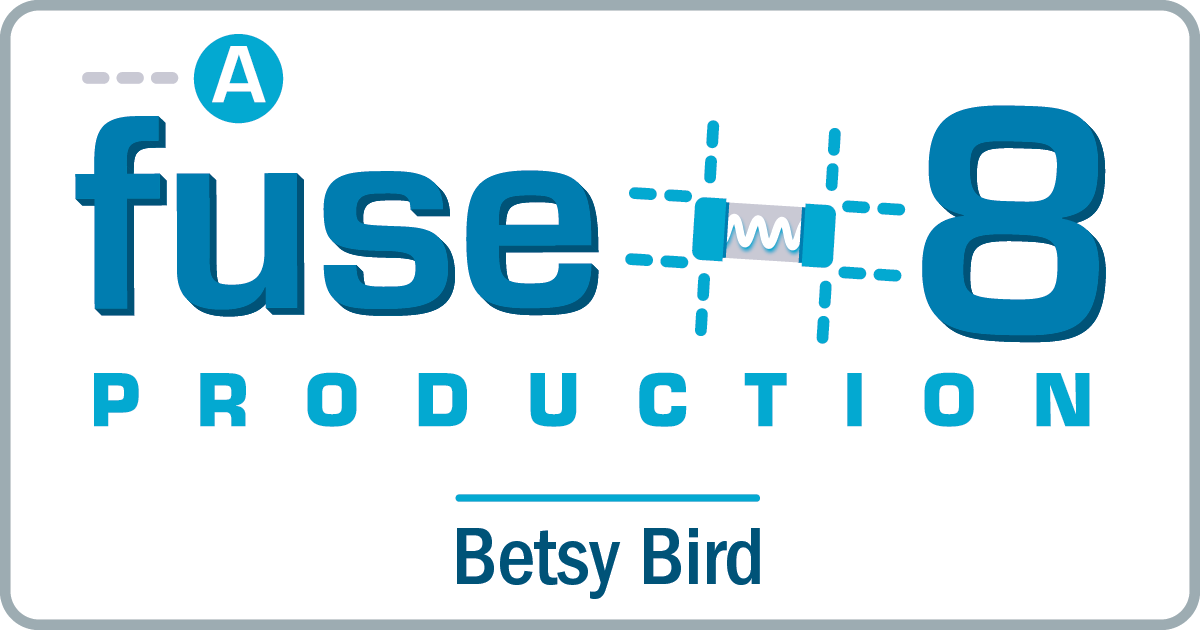

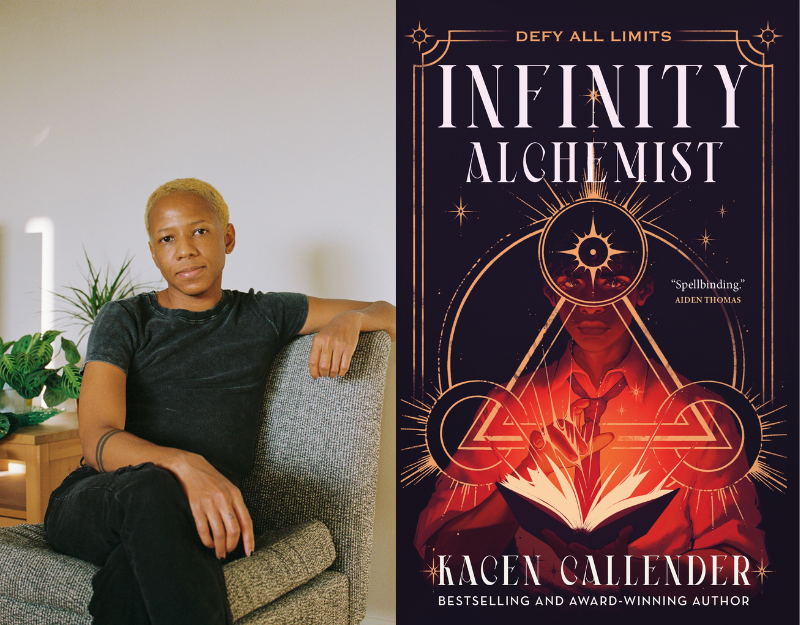
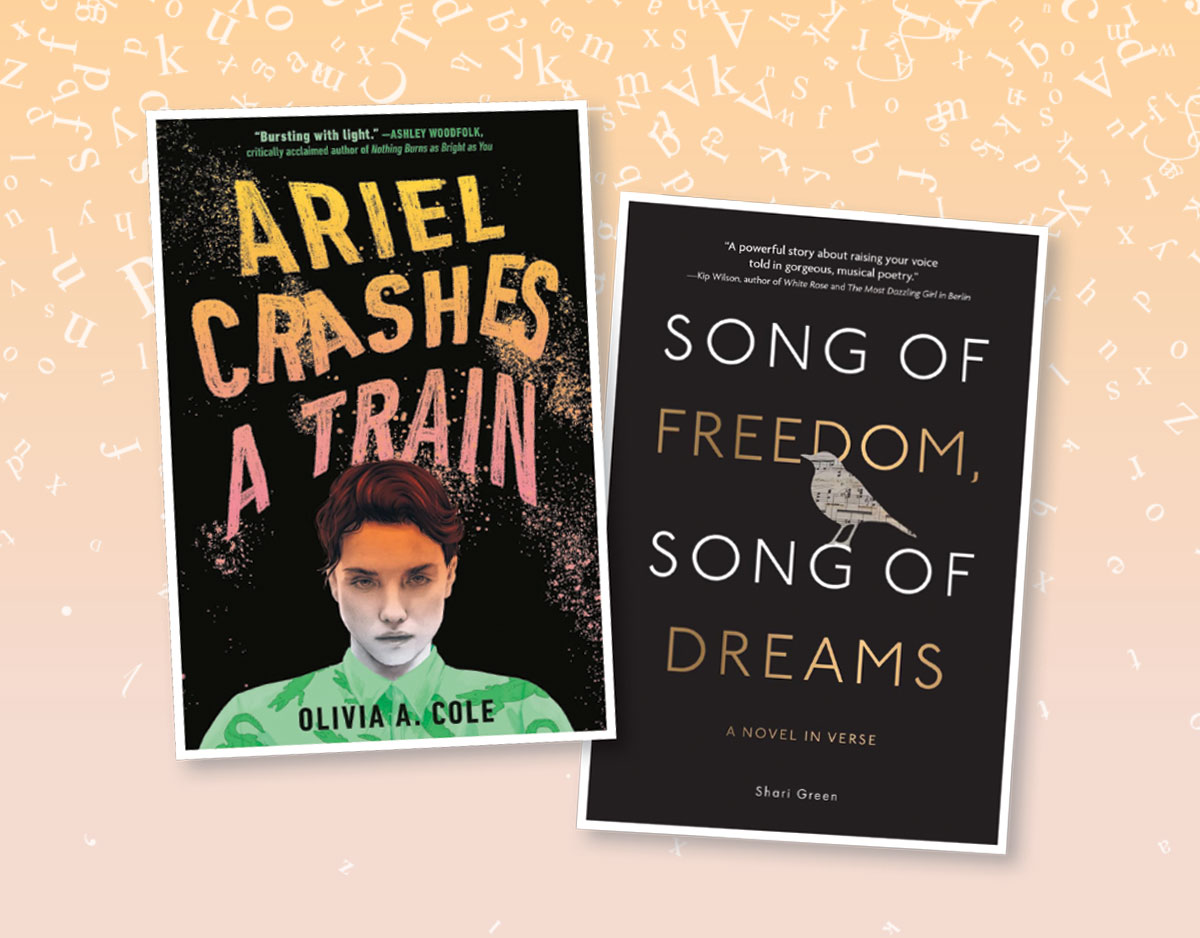
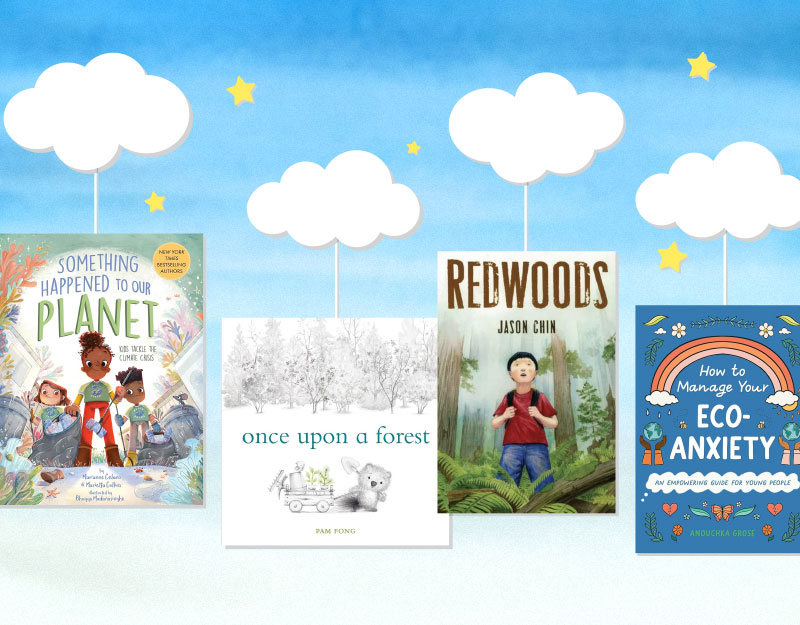

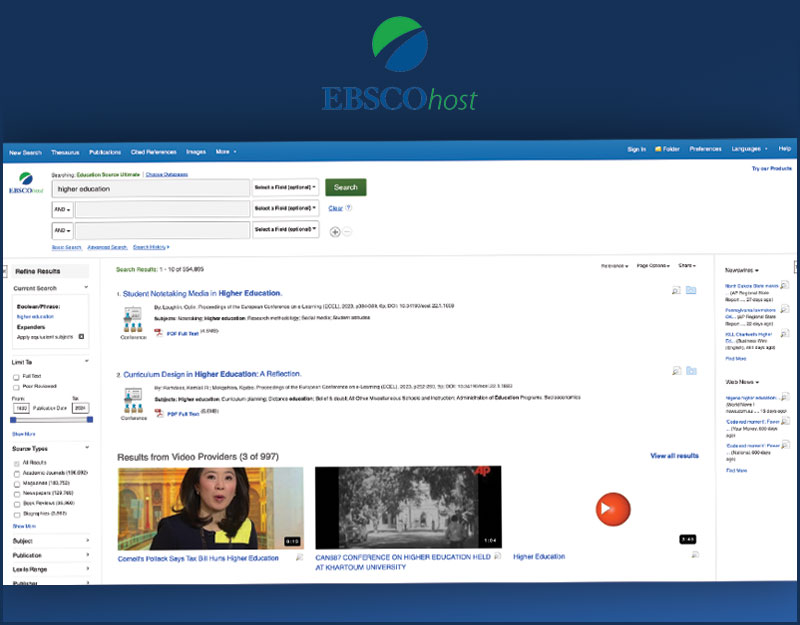
I will buy and read this book because of the cover art and because you describe this book as a story in which a black person is just a person. All I can say is ‘Finally!’
I find many of Andersen’s fairy tales incredibly painful so it seems in keeping to make a reworking/ homage painful too. I started this and like it so far.